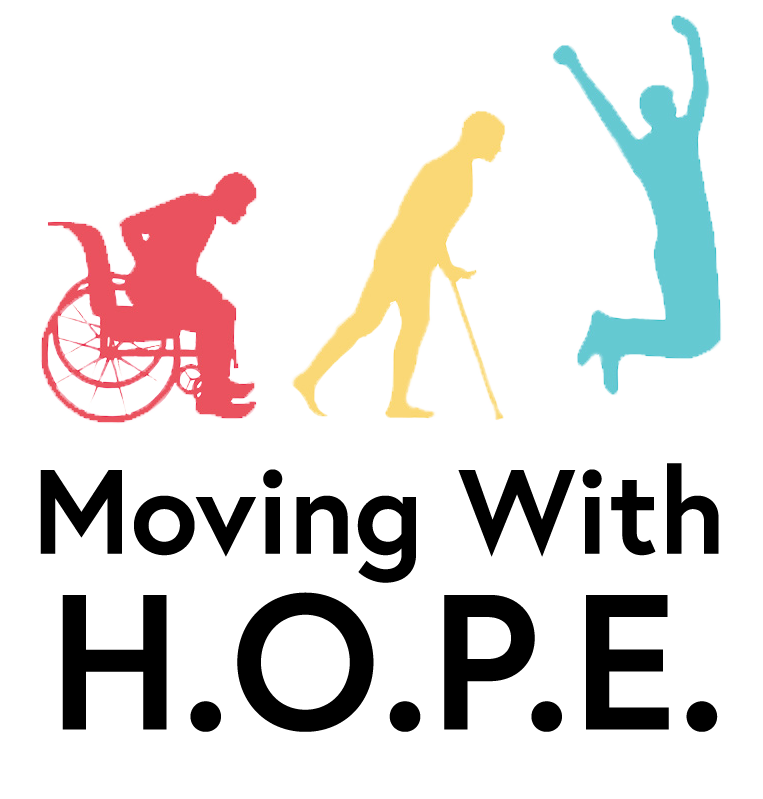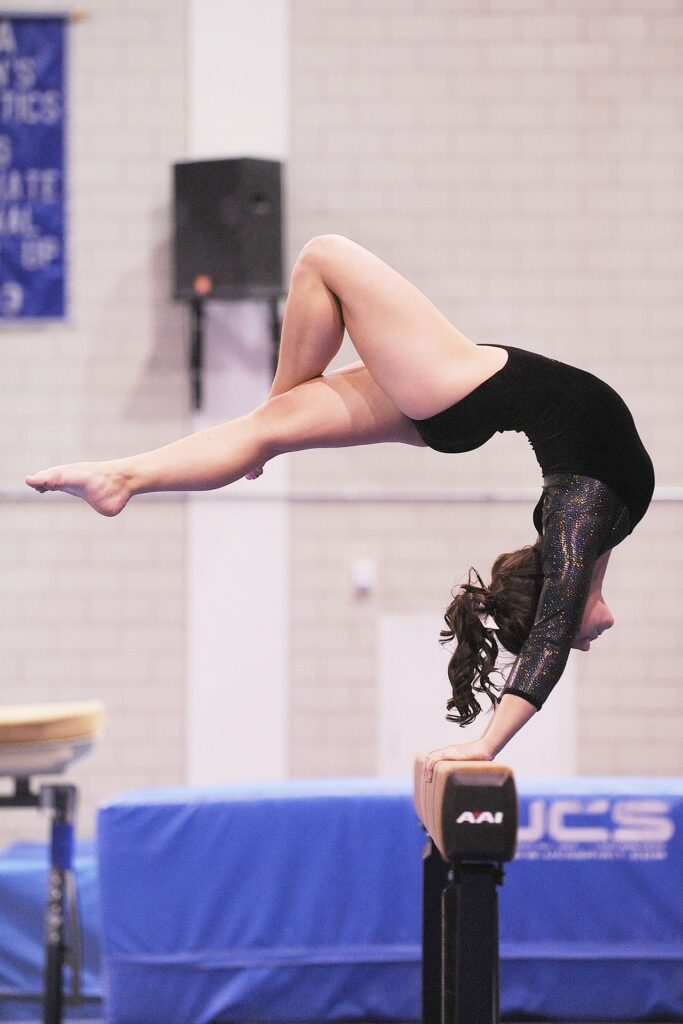Gymnastics is a popular sport that requires great strength, stability, and endurance of all its competitors. The types of postures and tension placed on the body are extreme and sometimes go against the natural motion of the human body. Therefore, the preventive and restorative properties of physical therapy are essential for the continued health and wellness of gymnasts. Are you asking: “How do I find a good physical therapist who works with gymnasts near me?” Then let’s discuss this topic in further detail.
The Role of Physical Therapy in a Gymnast’s Career
Moving With Hope has years of experience in restorative, research-based physical therapy. Our team of experts will work with each athlete to ensure that they maintain a healthy spine and correct body alignment. We also focus on improving each athlete’s strength and flexibility, and our physical therapy sessions are designed with the input of their training coaches. This helps them to compete at an exceptional level throughout their careers.
Dangers of the Sport
Gymnasts are greatly admired for their performances. People are often amazed to see the fluid movement of their bodies in mid-air, their ability to tumble at dumbfounding heights, and yet make and stick perfect landings. However, gymnastics is one of the hardest sports to master.
Although gymnasts seem to move effortlessly and they appear infallible, there are dangers. Those beautifully executed flips and twists require hard work, dedication, sacrifice, and unfortunately, at times, numerous injuries.
As gymnasts progress through their careers, they are subject to very long lists of injuries that are taxing not only on their bodies but also their minds. They often face several sprains, fractures, and surgeries. However, with the assistance of their family, team, and expert physical therapists, they can overcome these injuries and excel in their careers.
The Benefits of Physical Therapy for Gymnasts
Physical therapy generates two broad benefits for a gymnast: injury prevention and rehab after a serious injury. Professional gymnasts require ongoing physical therapy to discover the weak points in their bodies that are susceptible to injury and strengthen those areas. This helps to lower the probability of recurring injuries.
Since physical therapy yields preventive benefits, gymnasts should begin accessing physical therapy as early as possible. This will help to eliminate any aches, pains, and deficits to safeguard against serious injuries and the resulting surgeries. Ideally, every gymnast should have a dedicated physical therapist who understands their bodies and the best exercises to perform to maintain optimal strength and flexibility.
Physical Therapy for Recurring Injuries
Gymnasts spend long hours in training year-round to build their strength and flexibility so that they can master their techniques. However, prolonged training means that injuries are possible. They often resort to temporary measures like taping to help them to continue training. But the more effective solution calls for physical rehabilitation to recover from the injury.
Rolled Ankles: A Common Injury for Gymnasts
Gymnastics often involves bare feet on unstable surfaces without any support or protection of shoes. Trampolines, mats, and multilevel training areas would make walking difficult for the average person. However, gymnasts move much faster and so injuries are common.
Rolled ankles are sprains that occur when a gymnast lands incorrectly. In this case, the gymnast lands with too much of their weight on the outside of the ankle which causes it to bend inward. This leads to the ankle collapsing on the outside as the ligaments strain to keep the ankle stable.
Physical Therapy for Injuries
As we said before, taping the ankle is a temporary measure. While it reduces pain and gives some stability, the ligaments are still damaged. The gymnast will need to get medical care to determine the extent of the injury and to find any other weaknesses that may impact recovery efforts.
The physical therapist will design a targeted rehabilitation to help the athlete regain full strength and function. These include exercises designed to aid the damaged ligaments to shorten and return to their pre-injury state.
There are also pain management and dynamic stability exercises to strengthen the muscles around the joint for short-term injury prevention. They will also include balance and proprioceptive exercises to stimulate healing to the damaged nerves. These exercises are important as the nerves are the body’s way of ensuring that the athlete lands with the feet and ankles in the correct position to avoid injury.
The physical therapist will use skills testing to create a process to reintegrate physical activity and determine when it is safe for the athlete to resume full activity. Physical therapy supports athletes on their journey to a successful career with reduced injury risks.
Physical Therapy is Essential for a Gymnast’s Career Longevity
You no longer have to wonder: “How do I find a good physical therapist who works with gymnasts near me?” We invite you to contact Moving With Hope to get the best physical therapists who will give you the customized long-term support that you need. So contact us today to find out how we can help you excel in your gymnastics career.



